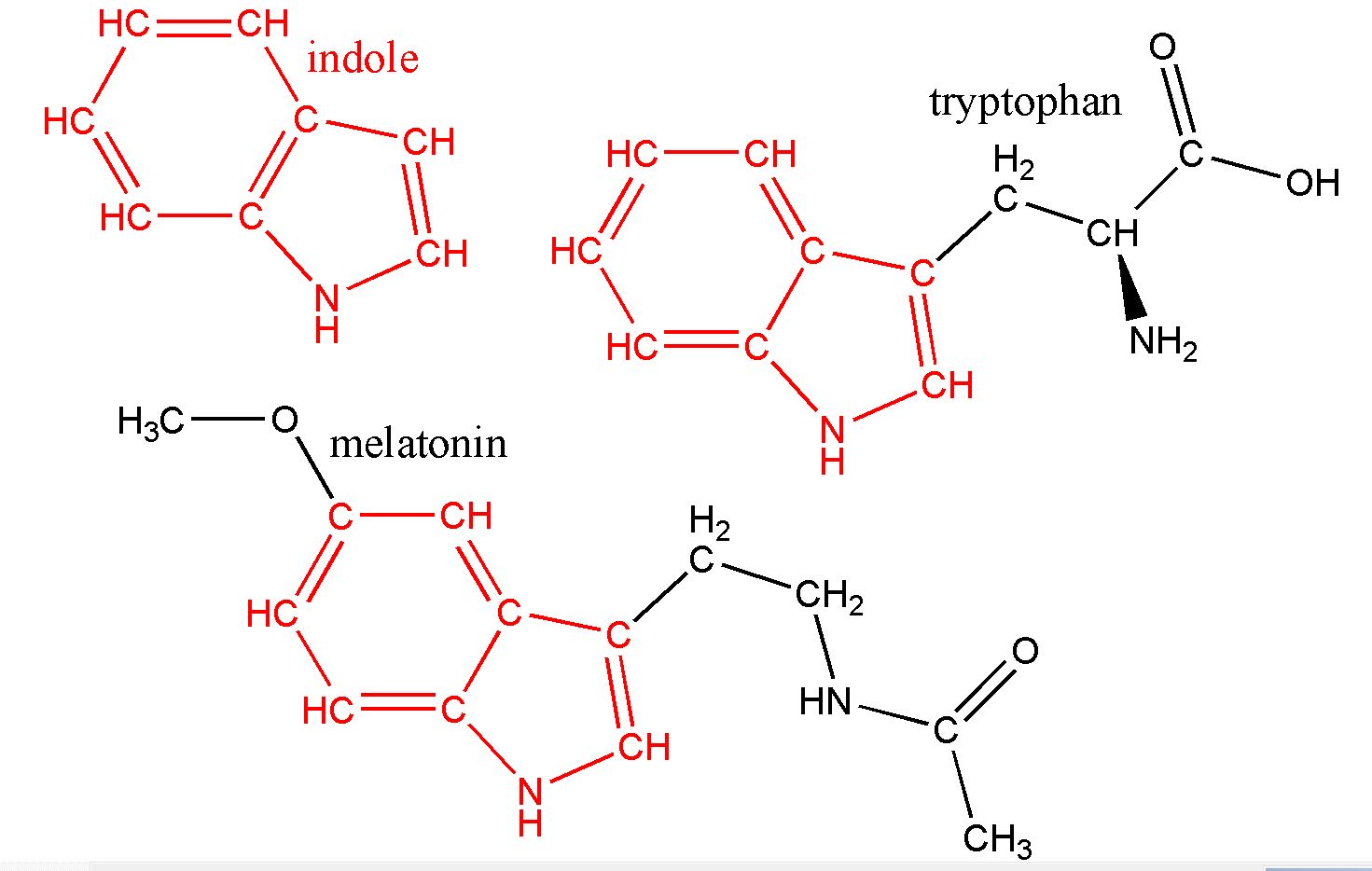I was just making sure that my escarole (“scarola in Italian”) had enough water, early yesterday morning. But an unexpected surprise led me to learn more than a few things.

For starters, escarole is more closely related to chicory than to lettuce. Unlike the latter, escarole has toothed leaves and lacks the milky white sap characteristic of Lactuca plants. Escarole’s genus (a grouping of similar species) is Cichorium, which also includes endive and a cultivated variety of the same chicory species known as radicchio. Both the genera of lettuce and escarole are of the Asteraceae (aka Compositae aka sunflower) family, which has more than 13 000 species, most of which are not edible.
The fungus whose reproductive structures popped up and surprised me are a common flower pot mushroom originally from tropical zones. It’s known as Leucoprinus birnbaumii (the flowerpot parasol), named in 1839 after Birnbaum, a garden inspector. His observation made Corda, a mycologist, realize that it was an unrecognized species.
Less than 20 years ago, chemists decided to extract the toxic mushroom’s compounds with methanol. They separated the trio with inverted HPLC ( a form of chromatography used to separate polar organic compounds), and 2 of the 3 were unknown compounds. They first got the formulas ( C16H20N6O4 and C16H20N6O5 ) of the pair using mass spectrometry.
Then the major part of the detective work known as structure elucidation started. They first broke up each of the molecules into smaller fragments, then carried out reactions and did more analyses.
They discovered that the pure substances were unusual indoles, not because they were N-hydroxyoxamidines, but because they were the two simplest versions of those compounds known to date. Indoles by the way are very common in nature. Examples in humans include skin pigment melatonin, the neurotransmitter serotonin, and the amino acid, tryptophan. Plants have important hormones, auxins, that feature the indole-building block and fungi make at least 140 indoles, including the drug psilocybin, the active ingredient of magic mushrooms.
Guess what they named the new indoles? More name-fame for the garden inspector: Birmaumin A and B.



Sources:
Birnbaumin A and B: Two Unusual
1-Hydroxyindole Pigments from the “Flower Pot
Parasol” Leucocoprinus birnbaumii Chem. Int. Ed. 2005, 44, 2957 –2959

